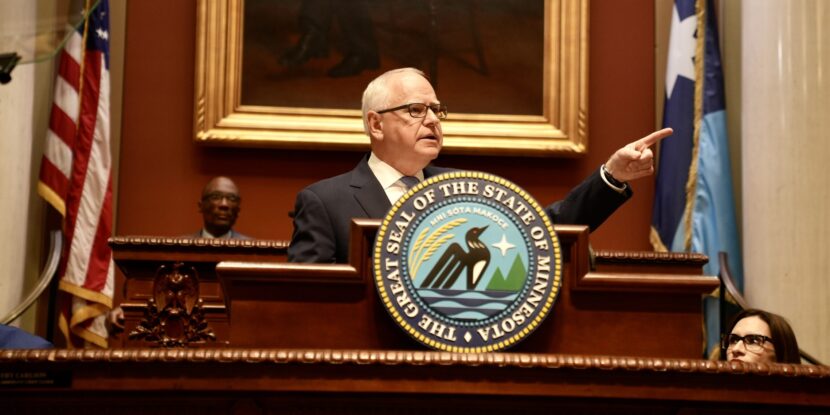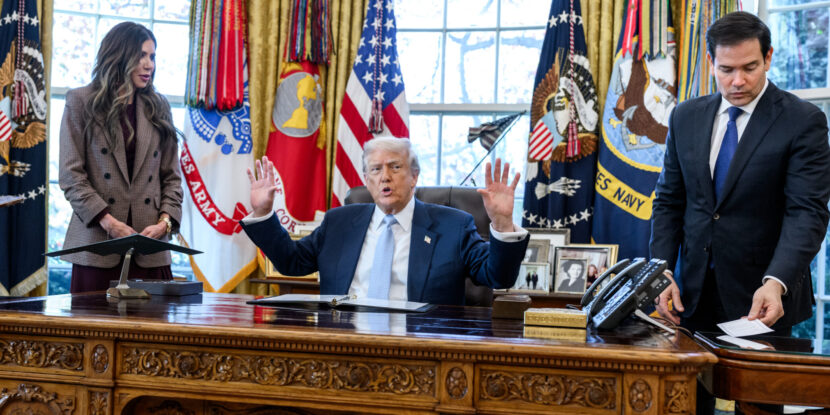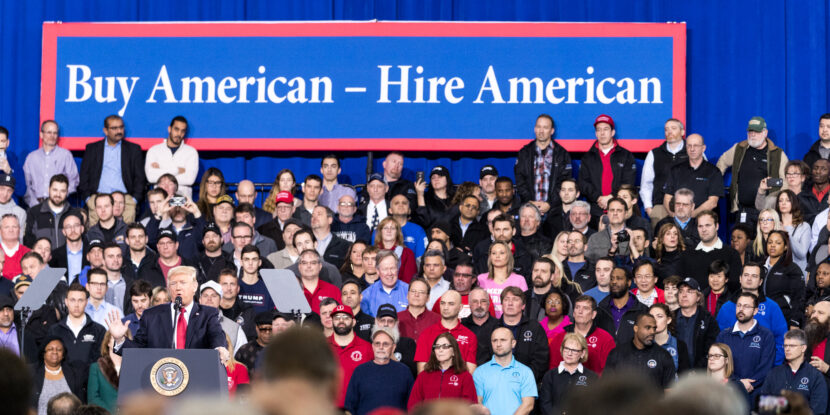PULSE POINTS:
❓What Happened: China has removed tariffs on certain types of semiconductors from the United States, reducing them from the initially suggested 125 percent to zero.
👥 Who’s Involved: The Chinese government, U.S. semiconductor manufacturers, and President Donald J. Trump.
📍 Where & When: The tariff exemptions were reported by a Chinese financial media outlet on a recent Friday, amid ongoing trade tensions between the U.S. and China.
💬 Key Quote: “He’s called. And I don’t think that’s a sign of weakness on his behalf,” President Trump on speaking with Chinese President Xi Jinping on trade.
⚠️ Impact: The exemptions may signal China is cracking in its ongoing trade dispute with the U.S., although broader tariffs on goods continue, affecting various industries.
IN FULL:
China has quietly reduced tariffs on some American-made semiconductors amidst the trade conflict with the United States. This move lowers tariffs on at least eight categories of U.S. microchips to zero, a significant change from the 125 percent levy previously imposed by Beijing for various U.S. products.
These tariff exemptions on semiconductor imports reflect a selective easing in the economic tensions between the two nations.
President Donald J. Trump recently remarked that negotiations related to tariffs with China are ongoing, yet Chinese officials have denied such discussions. When asked about any conversations with Chinese President Xi Jinping, Trump said, “He’s called. And I don’t think that’s a sign of weakness on his behalf.”
Earlier this month, Trump declared tariffs against several countries. A 90-day pause on higher rates was offered for nations open to negotiation, though Chinese imports remain heavily tariffed. Some goods, including many Chinese-made electronics like laptops and smartphones, have been temporarily exempted.
The Chinese exemptions could offer some respite to U.S. semiconductor manufacturers trading with China. Nonetheless, other American goods and sectors continue to face Chinese tariffs and trade barriers, though even before the trade conflict began, China imported far fewer American goods than goods it exported to America. Trade restrictions have been an escalating point of contention between the world’s largest economies, with varying impacts on global markets and industries.
The move shows that China may be willing to begin trade negotiations with the United States. All other countries that had tariffs placed on them have requested talks with President Trump and his administration.



















